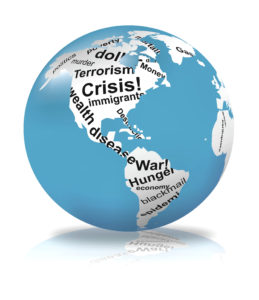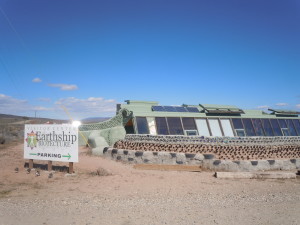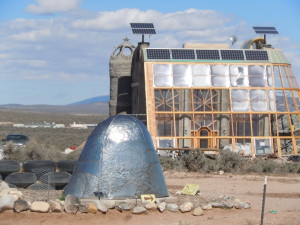DeSantis, Trump, Next Year’s Election–and Unhappy Jesus Christ

There is a part of me that hopes the Republican Party nominates DeSantis, because when he loses the general election by a huge margin, it will be a repudiation of the entire loathsome cloak of hatred that DT and RDS both stand for. No one will be able to make a case that it was merely a rejection of DT’s criminal activity, egomania, lack of loyalty to those who stood by him, and/or incompetence.
While RDS shares and even exceeds DT’s vile politics, and has an equally thin skin, he at least appears to be rational and is not shadowed by a long list of personal scandals and accusations of criminality for personal benefit. The crimes he is accused of, such as breaking laws and misusing Florida tax dollars in deceiving immigrants to board planes from Texas to Martha’s Vineyard, have been about his policies–like those of the equally creepy governor of Texas, Greg Abbott, who booby-trapped the Rio Grande to prevent an influx of immigrants, breaking maritime laws and hurting local businesses in the process.
I like to think–and maybe it’s a delusion–that the vast majority of US voters want no truck with either of these men’s open racism, homophobia/transphobia, self-defined “Christian” nationalism, xenophobia, attacks on women’s reproductive rights, love of guns more than the right not to be randomly shot, and all the rest of it.
Why do I put “Christian” in quotes? Because Christ, based on my reading of the Four Gospels, would have had no truck with their bigotry in His name. Christ’s morals were about helping the poor, the downtrodden, those disabled and ostracized because of disease. Christ threw the moneychangers and merchants–the apex capitalists of their era–out of the Temple. He blessed the peacemakers and the poor and the meek, rescued a woman about to be stoned to death for violating sexual mores, embraced people of other cultures–the Samaritans were a despised cultural group, so it was a big deal for him to talk about the Good Samaritan.
Contemporary right-wing bigots treat immigrants and refugees as subhuman, while Jesus proclaimed, “Welcome the stranger!” They demand an end to the slightest restrictions on guns, while Jesus preached nonviolence not just in offering the other cheek to an attacker who strikes your cheek, but condemning even thoughts of hating another.
If I were to flag every passage of Jesus living His life and preaching His truth in direct opposition to the intolerance, violence, and small-mindedness of these “Christians,” this post would go on for many pages. But the elevator-pitch version is simply this: If you call yourself a Christian and claim to follow the teachings of Jesus, you must be willing to accept and even celebrate values like peace, nonviolence, diversity, equality, respect for the natural environment, fair treatment of “the stranger” (immigrants, those of different races or ethnicities or gender orientation), and improving the lot of the poor and the ostracized.
And as an immigration justice, social justice, and environmental activist who has read the Gospels more than once even though I’m not a Christian, I welcome His allyship.




